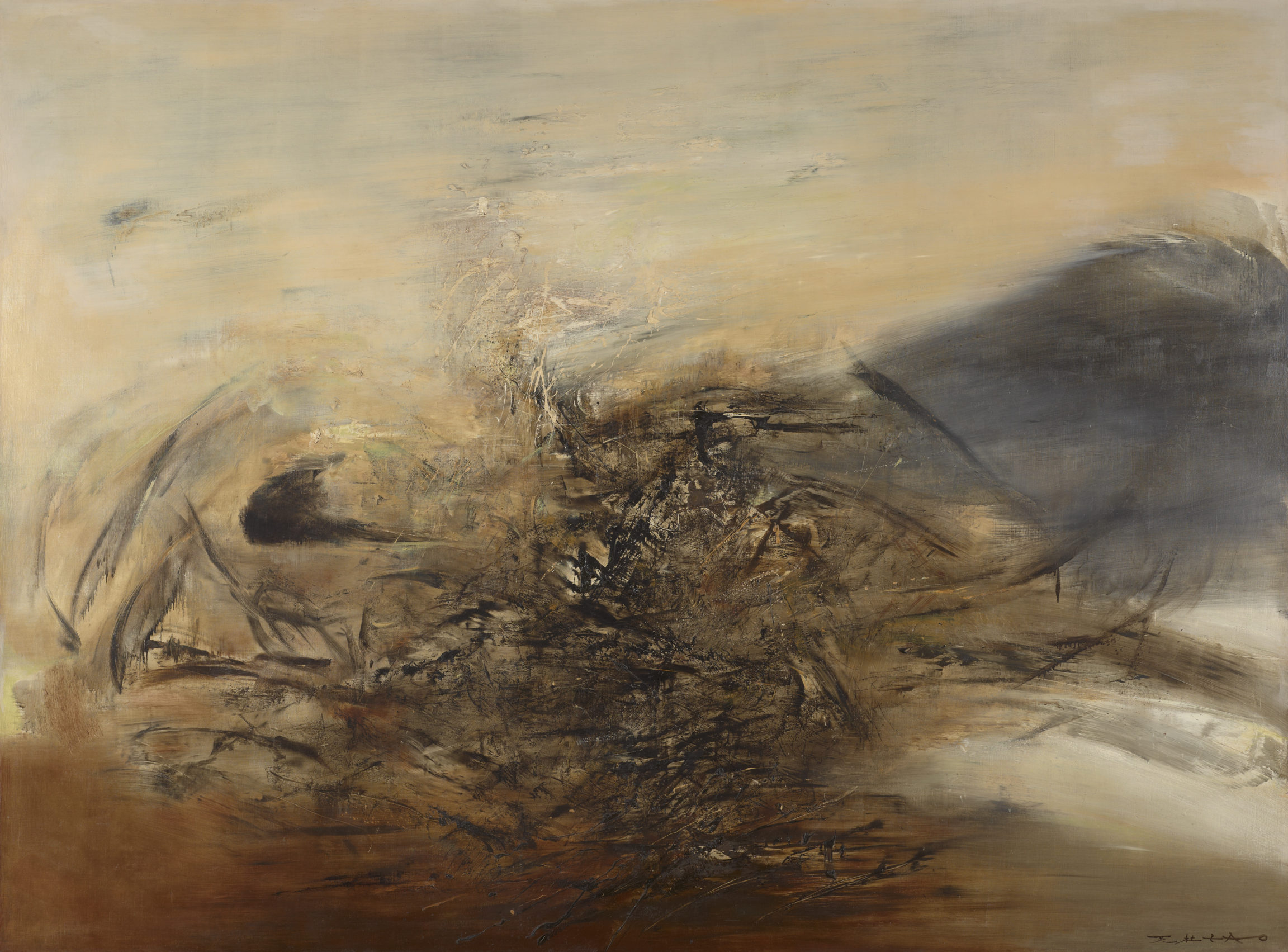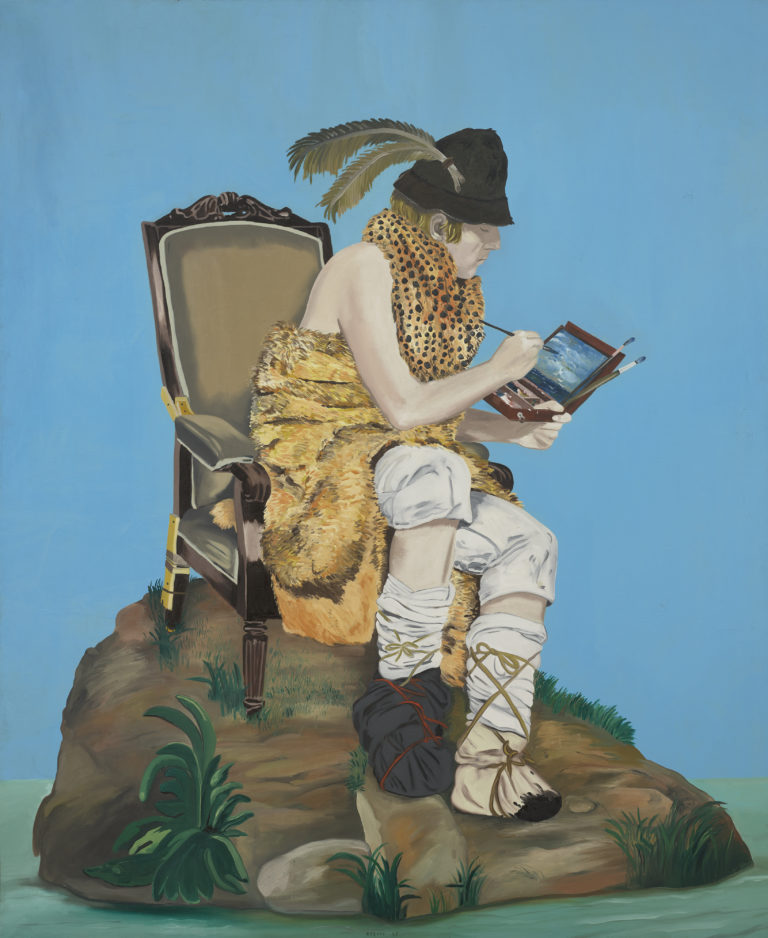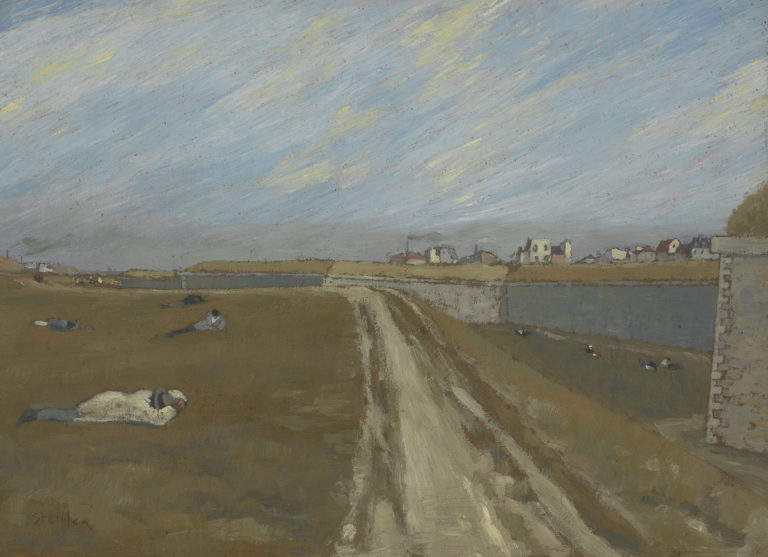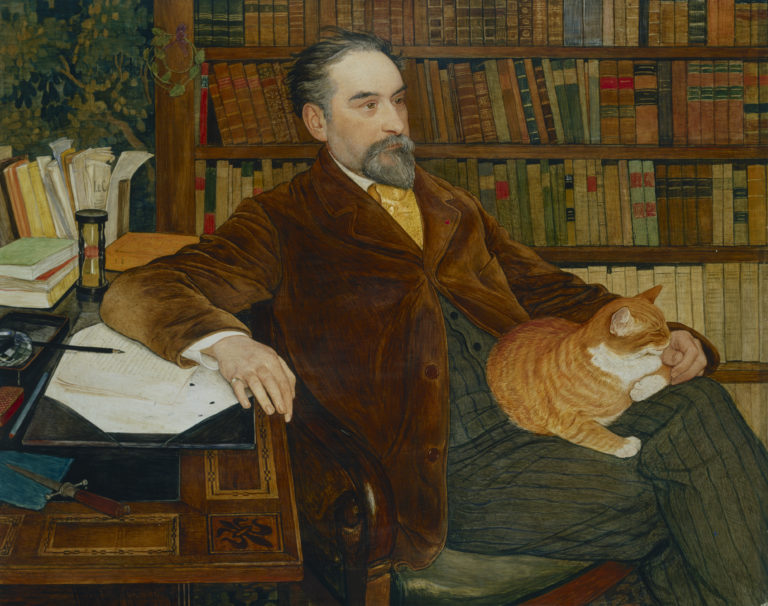Exposé actuellement
The CollectionBibliography
Erik Verhagen, ‘La leçon de Varèse,’ in Zao Wou-Ki. L’espace est silence, exh. cat. Paris, Musée d’Art moderne de la Ville de Paris, Paris, Paris Musées, 2018: 26-31, fig. 9.
Odile Vivier, Varèse, Paris, Seuil (coll. Solfèges), 1973: 147.
Georges Charbonnier, Entretiens avec Edgar Varèse. Suivis d’une étude de l’œuvre, Paris, Éditions Pierre Belfond, 1970: 36.
Yann Hendgen, « Zao Wou-Ki. Friendship with Edgard Varèse », in Edgard Varèse. Composer. Sound Sculptor. Visionary, Felix Meyer and Heidy Zimmermann (ed.), Mayence and Basel, Schott, Museum Tinguely and Paul Sacher Stiftung, pp. 482-483.




The Chinese-born artist Zao Wou-Ki was one of the leading figures of lyrical abstraction from the late 1950s on. He settled in France in 1948 and became friends with Hans Hartung, Alfred Manessier, Henri Michaux, Maria Helena Vieira da Silva and Pierre Soulages, but was never formally part of the Second Paris School.
Zao Wou-Ki was a keen devotee of opera and contemporary music, and Henri Michaux introduced him to Edgar Varèse in October 1954. Shortly thereafter Wou-ki attended the premiere of Déserts at the Théâtre des Champs-Élysées. The score, incorporating electronic sounds, caused one of the greatest scandals in the history of music. Varèse was a pioneering figure in music based mainly on sound or timbre, as opposed to notes, and his work also featured ‘noises’. In a 1955 radio interview, he defined his music as a ‘movement of planes and masses of sound, varying in intensity and density. When the sounds collide, they generate phenomena of penetration or repulsion.’
Zao Wou-Ki painted Hommage à Edgar Varèse a year before the composer’s death. It is a key work in his oeuvre, the first in a series of large canvases begun in the 1960s. Like Varèse, Zao Wou-Ki plays with dynamic, rhythmical stresses and shifting masses of colour to create interpenetrating spaces opening onto mystery. Using a range of techniques, from broad brush strokes and impasto to drips, splashes and sgraffito, he stages an epic pictorial drama, a whirlwind, a battle between light and darkness.
Varèse visited New Mexico twice, in 1936 and 1937, discovering its arid landscapes. He saw deserts as a ‘scorching whirlwind … transcending man’s attitude’. Zao Wou-Ki’s painting offers a lyrical interpretation of Varèse’s vision.